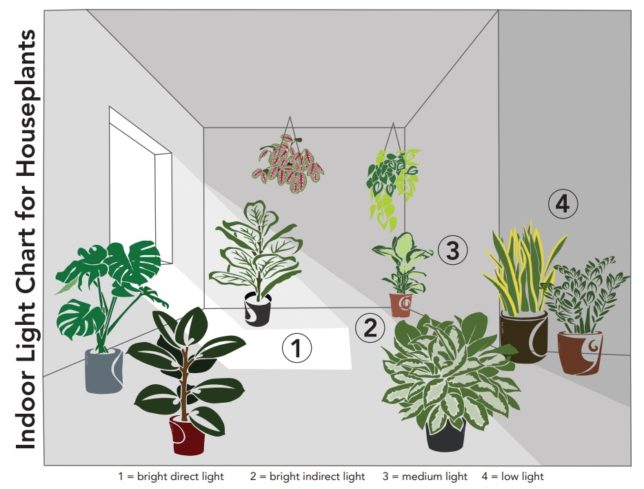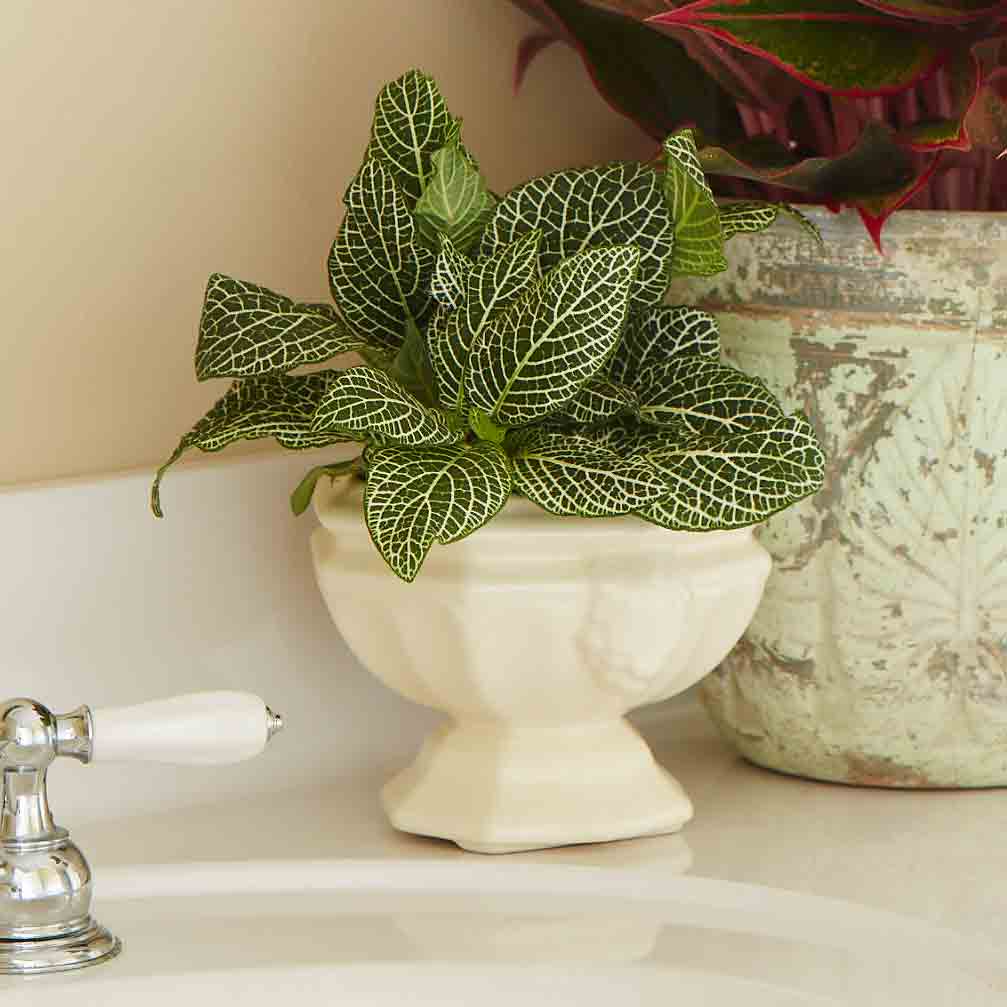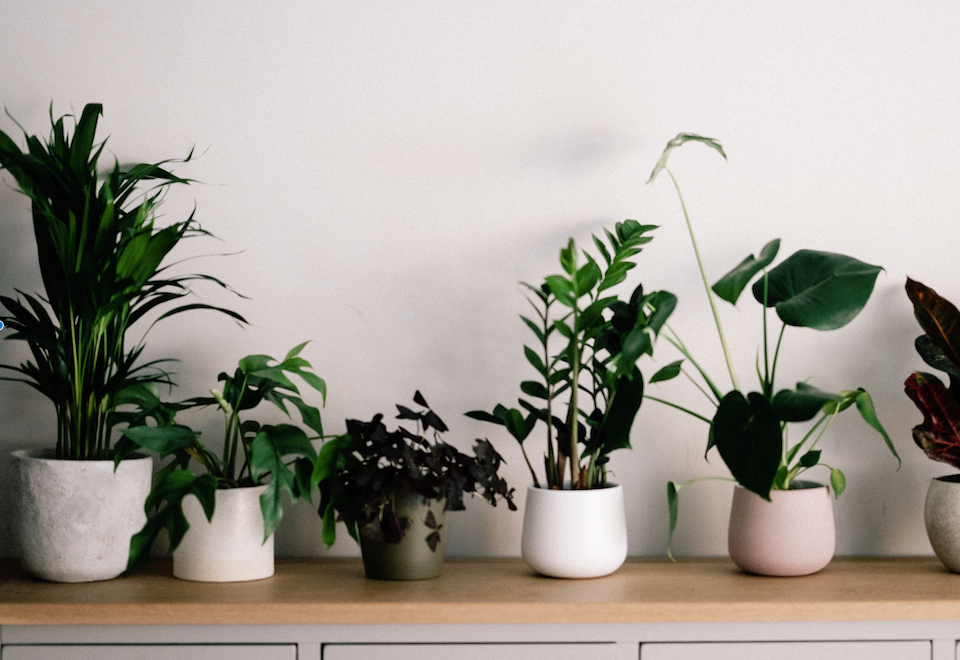Best Low-Light Indoor Plants That Thrive with Minimal Sunlight
Best Low-Light Indoor Plants That Thrive with Minimal Sunlight
Blog Article
Transform Your Home With Beautiful Low-Light Indoor Plants and Their Advantages
Integrating low-light interior plants into your home can dramatically improve both the visual and environmental quality of your home. These plants, which prosper in dim conditions, offer not just as decorative aspects yet also as natural air cleansers, making them optimal for city dwellers or those with restricted sunshine direct exposure. As we check out the various types of low-light plants and their benefits, you might locate surprising means to integrate them right into your home that can change your environments in means you might not have anticipated.
Benefits of Low-Light Plants
Low-light plants use countless benefits for interior environments, making them an excellent choice for both beginner and knowledgeable garden enthusiasts. Among the key advantages is their flexibility to low-light problems, permitting people to boost their home without the need for comprehensive sunlight exposure. This characteristic makes them optimal for apartment or condos, workplaces, and other areas with limited natural light.

In addition, including low-light plants right into home decor can boost the visual allure of a space. Their rich foliage and varied appearances develop a relaxing ambience, contributing to general wellness. Lastly, the existence of greenery has been connected to lowered stress degrees and boosted performance, making low-light plants a sensible option for enhancing both mental and physical wellness in interior settings.
Leading Low-Light Indoor Plants
While several indoor plants thrive in intense light, several varieties are particularly fit for low-light conditions, making them excellent for various interior areas. One popular option is the Serpent Plant (Sansevieria), known for its striking upright fallen leaves and resilience, needing minimal treatment. An additional superb alternative is the Pothos (Epipremnum aureum), which features heart-shaped fallen leaves and can route magnificently from racks or wall mounts, flourishing in reduced light and including a lush touch.
The ZZ Plant (Zamioculcas zamiifolia) is commemorated for its shiny leaves and capability to hold up against overlook, making it best for active lifestyles. The Peace Lily (Spathiphyllum) not just tolerates low light however additionally generates stunning white blooms, enhancing any type of space's visual.
For an one-of-a-kind touch, consider the Cast Iron Plant (Aspidistra elatior), which indeed measures up to its name, flourishing in the darkest corners of your home. The Chinese Evergreen (Aglaonema) supplies a selection of fallen leave patterns and shades while being incredibly flexible in low-light problems. These plants not only beautify indoor environments but additionally add to air filtration, boosting your living room.
Care Tips for Low-Light Plants

Sprinkling practices are vital; these plants often choose somewhat completely dry problems. Overwatering can bring about root rot, so ensure that the top inch of dirt is completely dry before watering again. Use pots with drainage holes to allow excess dampness to escape.
Humidity is another important element. Numerous low-light plants, such as ferns and peace lilies, take advantage of higher moisture degrees. To raise moisture, take into consideration misting the fallen leaves or positioning a tray of water near the plants.
Fertilizing needs to be come close to with care. Throughout the growing season, use a watered down, balanced liquid plant food monthly to support development, but prevent fertilizing during the dormant cold weather.

Imaginative Ways to Display Plants
Indoor plants can serve as exciting focal factors look here in any kind of room, improving both visual allure and setting. Creative displays can raise the aesthetic impact of low-light plants, making them an essential component of your home style. One reliable method is to use tiered plant stands, which allow you to showcase several plants at varying elevations while maximizing floor space.
Hanging planters are another innovative option, creating a sense of depth and drawing the eye upward. Consider macramé hangers or wall-mounted shelves to introduce an unique texture and style.
For a more structured method, use geometric terrariums or glass containers to house your plants, adding a modern touch to your interior yard. You can additionally repurpose classic products, such as teacups or wooden cages, for an eclectic display that reflects your individuality.
Enhancing Home Setting With Plants
Incorporating low-light plants into your home not only boosts visual appeal but also adds dramatically to the general atmosphere. These plants work as all-natural style components, introducing a sense of tranquility that can change any type of room. The visibility of plant fosters a calming ambience, which is especially useful in high-stress environments such as office or living rooms.
Low-light plants, such as snake plants, pothos, and ZZ plants, are not just visually pleasing but additionally enhance indoor air top quality by filtering pollutants. This double feature boosts the atmosphere even more, developing a healthier home (Best low-light indoor plants). The critical placement of these plants link can additionally influence the assumption of area; for example, high plants can draw the eye upwards, making ceilings appear greater and rooms a lot more roomy
In addition, varying appearances and colors of vegetation add deepness to indoor design, enabling creative expression in home designing. Whether put on racks, in edges, or as centerpieces, low-light plants can boost the mood of any type of room. In summary, including these plants into your home is a reliable way to promote a cozy, welcoming environment while profiting of enhanced air top click over here quality and aesthetic adaptability.
Verdict
Incorporating low-light interior plants right into home environments provides many advantages, including improved visual allure and improved air high quality. These durable plants, such as the Serpent Plant and Tranquility Lily, require minimal light and maintenance, making them appropriate for varied way of livings. Their capacity to filter pollutants adds to a healthier home, while their diverse textures and colors enrich indoor decor (Best low-light indoor plants). Ultimately, the addition of low-light plants promotes a serene and welcoming atmosphere, changing any type of home into a serene sanctuary.
While several indoor plants thrive in brilliant light, a number of types are particularly well-suited for low-light problems, making them excellent for various interior areas. One efficient approach is to use tiered plant stands, which enable you to display numerous plants at varying heights while making best use of floor area.
Low-light plants, such as serpent plants, pothos, and ZZ plants, are not just visually pleasing however also boost indoor air high quality by filtering toxins. Best low-light indoor plants. The critical positioning of these plants can additionally influence the understanding of space; for instance, tall plants can attract the eye upwards, making ceilings appear higher and areas much more roomy
These resistant plants, such as the Snake Plant and Peace Lily, call for marginal light and upkeep, making them suitable for diverse lifestyles.
Report this page